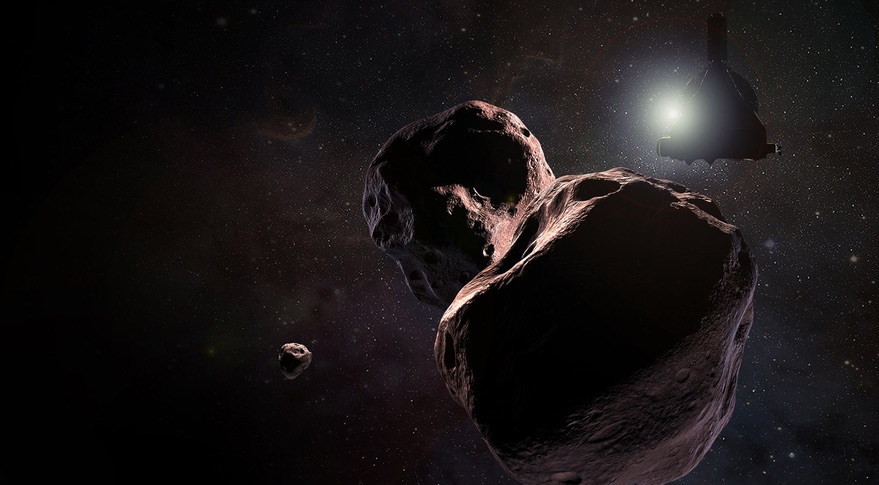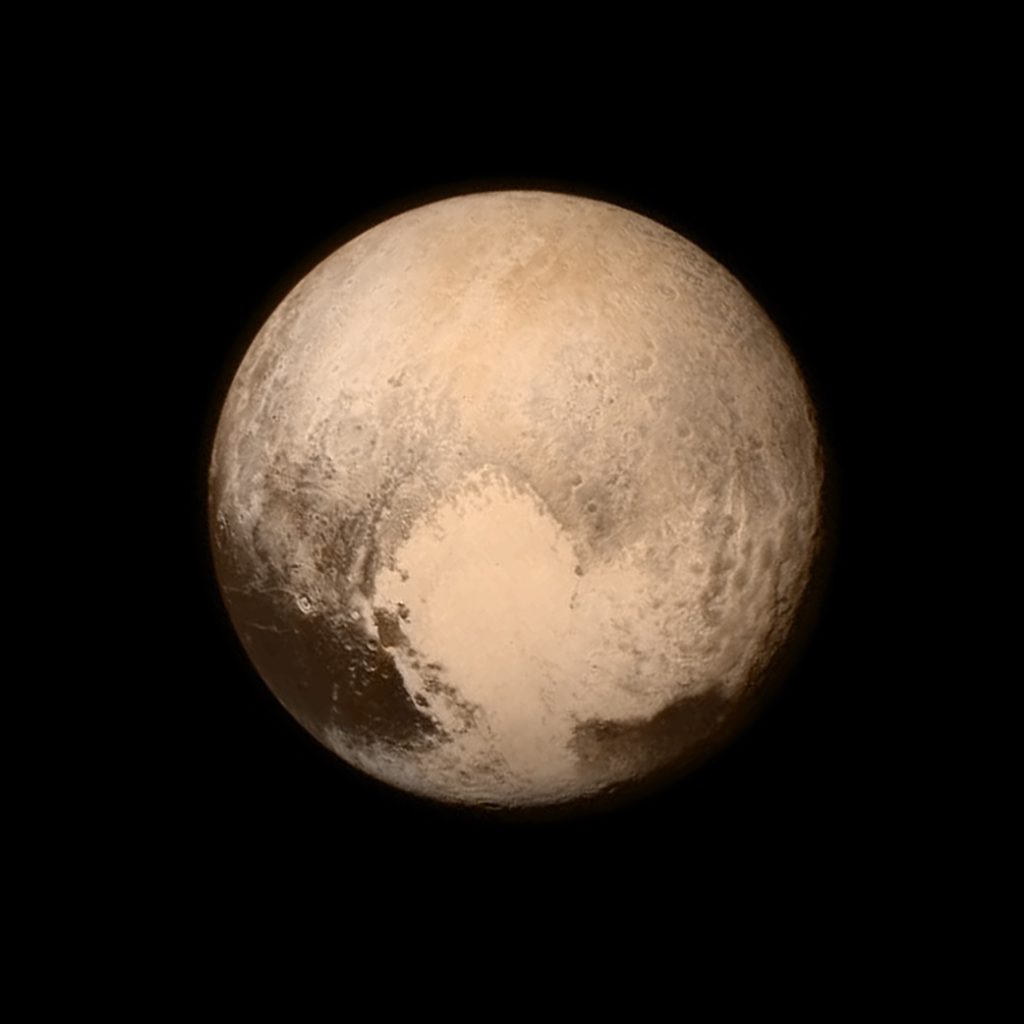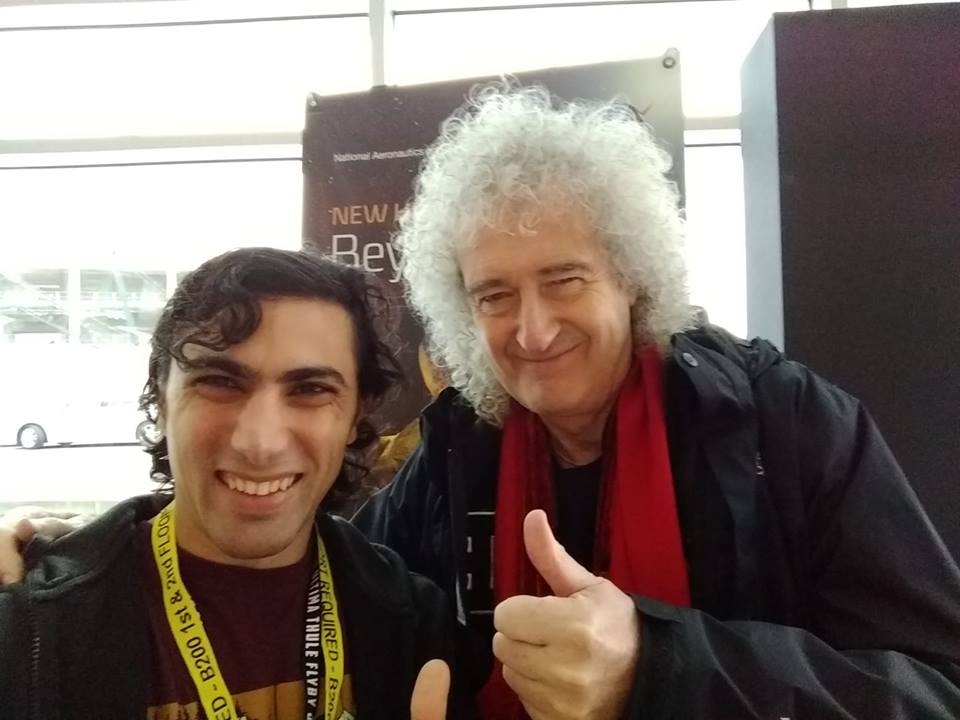By: Muhammed Aladdin
In the first attempt of its kind, a man-made space exploration probe makes it out of our cosmic backyard, the solar system, and delves into what lies beyond. The New Horizons spaceship was launched back in 2016, with the initial goal of making it to Pluto to study the dwarf planet. However, once that was achieved, a new aim was set and that was to discover the mysterious objects beyond our solar system in a region that scientists call the Kuipar Belt.

The
The growing riddle was solved by a team of NASA scientists when they decided to launch the New Horizons Mission. One of the lead scientists working on the project was none other than Dr. Mohamed Ramy El-Maarry. The young Egyptian graduated from Cairo University with a Bachelor degree in Geology and Chemistry; he then followed the Academic path and earned a Ph.D. in Planetary Science from Göttingen University in Germany.
The New Horizons Spacecraft made it to Pluto in 2018 and enabled us to see it in a completely different light. This allowed scientists to understand more about its atmosphere and the geological structures of its surface.

On the 1st of January, the probe was scheduled to fly-by the first of the Kuipar Belt Objects, which was a minor planet nicknamed “Ultima Thule”, which means “beyond the known world”. The object was discovered to be irregular in shape, composed of two spheres attached to one another, which was something rare to find. The New Horizons is sending us tons of raw data and scientists are working round-the-clock to interpret it all.
It was a pleasant surprise for us to see Dr. El-Maary posting a selfie with Brian May, the lead Guitarist of Queen, who, for those of you who do not know, has completed his Ph.D. in Astronomy. May was also there at John Hopkins University with El-

Dr. El-Maary is giving the Arab World a backstage pass to the entire mission by constantly posting updates on his Facebook page. He’s even creating live videos to explain the whole thing to the Arab public.
This is not the end for New Horizons, as the spacecraft is scheduled to fly-by another of the Kuipar Belt objects, and NASA will be live streaming the event on YouTube here.



